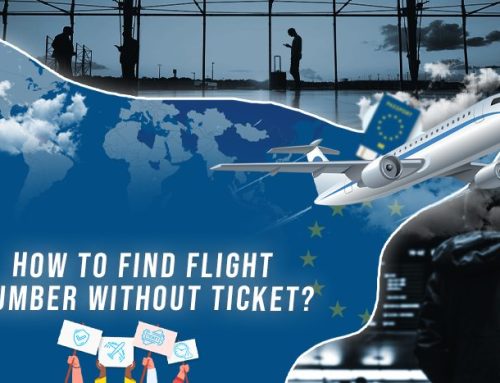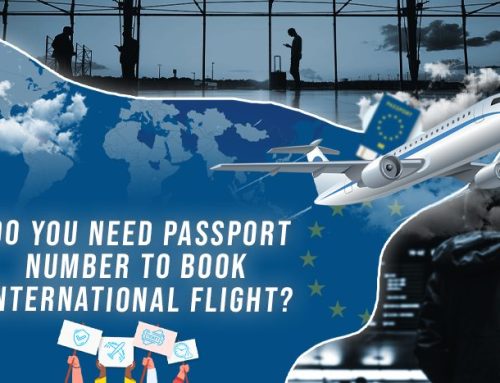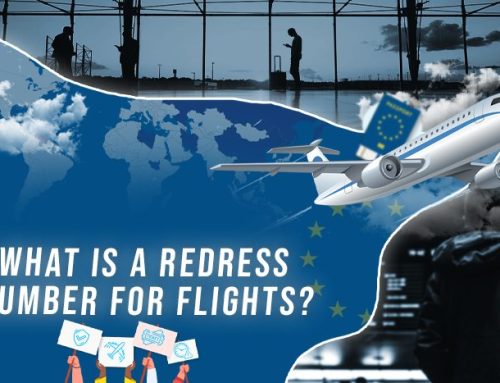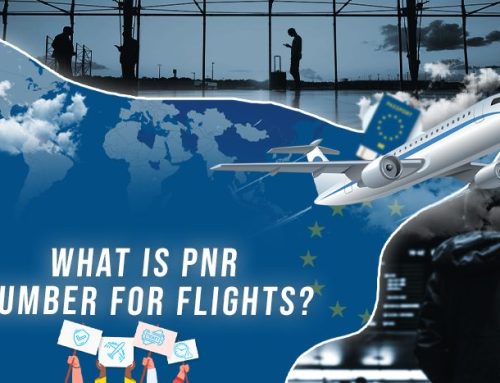Flying direct is every passenger’s dream scenario. Unfortunately, taking a direct flight is not always an option depending on your travel plans. Even when there are direct 12+ hour flights and it is possible to fly non-stop, the added expense can make the flight out of reach for the average traveler. Taking a connecting flight between two or more places is often the only option. Of course, connecting flights can be a great source of confusion. How do connecting flights work? Can I get a connecting flight between two different airlines? These are some of the questions you’ll have answered below.
Key Takeaways
- A connecting flight involves two or more consecutive flights on a single trip, with the traveler changing planes before reaching their final destination.
- If you are traveling on a single ticket, the process of taking a connecting flight is generally simple and straightforward, with your luggage automatically checked through to your final stop.
- If you are booking connecting flights with different airlines, be aware that if the first flight is delayed or cancelled, you may be responsible for finding a new connecting flight and accommodations on your own.
- Layovers can be anywhere from an hour to several hours, giving travelers some time to relax, eat or stretch their legs.
- If you booked your flights separately, not on a single ticket, you will have to take care of your luggage yourself once your initial flight arrives at the connecting airport.
What Is A Connecting Flight?
Simply put, a connecting flight is two or more consecutive flights on a single trip. Let’s say you leave London on a flight to Perth, Australia. A connecting flight might require you to change from one airplane to another before reaching your final destination. Sometimes connecting flights are rather instantaneous, other times they will require a wait in the airport between the two flights known as a layover. Layovers can be anywhere from an hour to several hours.
How Do Connecting Flights Actually Work?
Much of the ease of a connecting flight starts with the ticket. If you are traveling on a single ticket, a connecting flight is quite simple.
What exactly is a single ticket? It means that your entire flight is booked on one ticket. Even if there are two or more subsequent connecting flights, they are booked as one with the same airline.
If you are on a single ticket and your luggage was checked, that luggage will automatically be checked through to your last stop. When you arrive at the connecting airport, all you have to do is find your next gate and wait for the connecting flight.
Though the process can be quite rushed due to delays, it is often pretty simple and straightforward. You might even get a bit of downtime to eat or stretch your legs! There might be a security checkpoint in the terminal at the connecting airport, but this is not true of all airports.
If you booked your flights separately, not on a single ticket, you will have to take care of your luggage yourself once your initial flight arrives at the connecting airport. If your connecting flight takes place in a different country, you may have to present your visa and appropriate documentation. However, you will not have to leave the airport. All you have to do is collect your luggage and check it in for the next flight. Head to your gate and you’re done.
Connecting Flights With Different Airlines
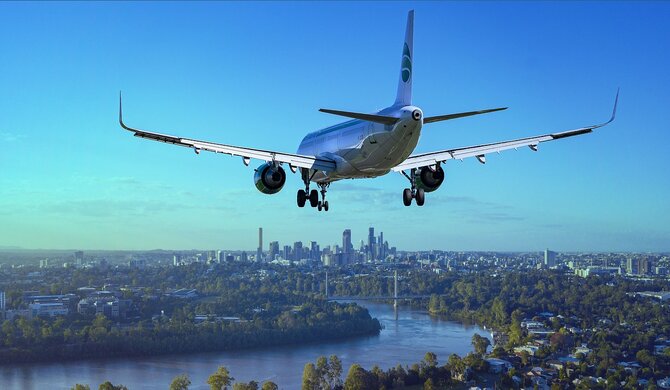
In order to save money, some travellers will book connecting flights with different airlines. However, if you are booking flights with different airlines, and the first flight is delayed, you might not be able to make it to your next flight. In this case, it will be your responsibility to find a new connecting flight.
You could still be entitled to flight delay compensation for the first flight, but you’ll have to find a new flight and accommodations on your own. These are known as self-transfers. They are different than transfer protected by the airline, which occurs when you book with one airline.
The main difference between the two is what occurs if your first flight is cancelled or delayed.
- Self-transfer. If your opening flight is cancelled or delayed and you cannot get to your connecting flight on time, then you will miss your next flight. Unfortunately, will have to book a new flight and are not eligible for settlement.
- Transfer protected by the airline. If you have scheduled a connecting flight from the same airline as your original flight then the airline will take care of you if the first flight is cancelled or delayed.
With self-transfer, you will also be required to take care of your checked luggage on your own. You will have to collect it and check it after each flight.
Connecting Flights Are Simple
For the most part, connecting flights are pretty straightforward and simple. They can even be a great way to break up your travel day or try some new food in a regional airport!
Frequently Asked Questions
-
What is a connecting flight?
A connecting flight is two or more consecutive flights on a single trip, with the traveler changing planes before reaching their final destination.
-
How do I book a connecting flight?
You can book a connecting flight by searching for flights with layovers on airline or travel booking websites.
-
Do I need to collect my luggage during a connecting flight?
If you are traveling on a single ticket, your luggage will automatically be checked through to your final stop. If you booked your flights separately, you will have to collect your luggage yourself and check it in for the next flight.
-
Can I book connecting flights with different airlines?
Yes, you can book connecting flights with different airlines, but be aware that if the first flight is delayed or cancelled, you may be responsible for finding a new connecting flight and accommodations on your own.
-
What happens during a layover on a connecting flight?
During a layover, travelers can typically relax, eat, or stretch their legs before heading to their next gate. Some airports may require a security checkpoint for connecting flights.
-
How long can a layover be for a connecting flight?
Layovers can be anywhere from an hour to several hours, depending on the airline and the airport.
-
What happens if I miss my connecting flight?
If you miss your connecting flight due to a delay or cancellation of your first flight, and you booked with a single airline, the airline will typically take care of you and book you on the next available flight. If you booked connecting flights with different airlines, you may be responsible for finding a new flight and accommodations on your own.



